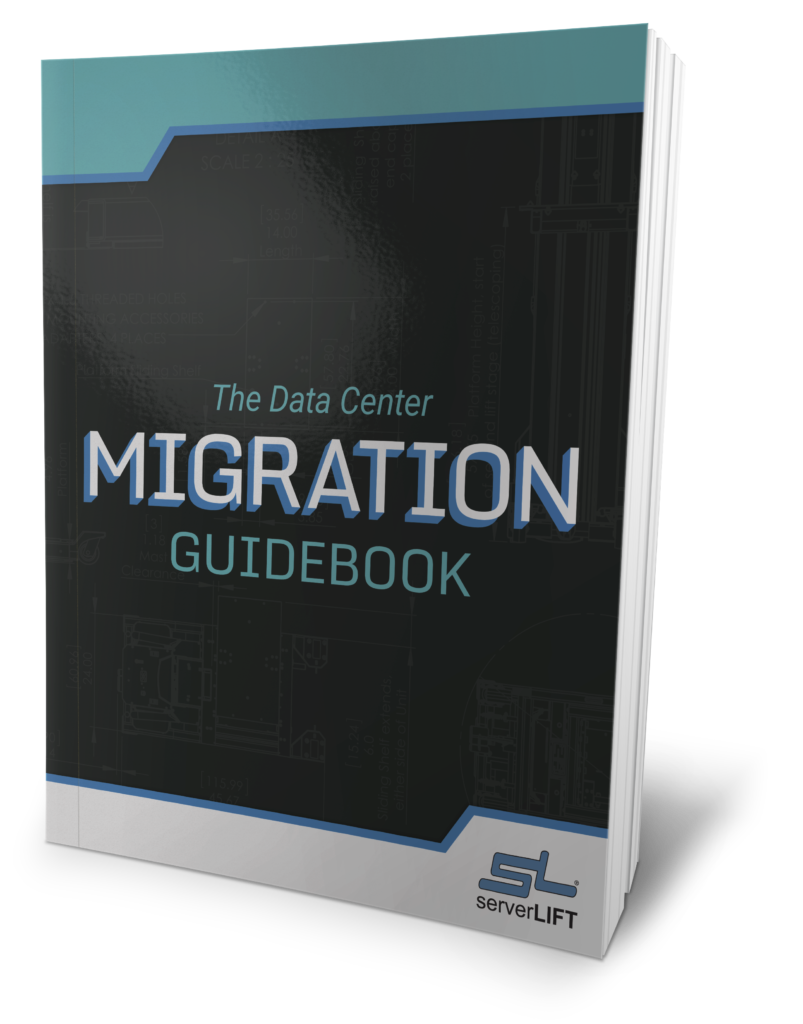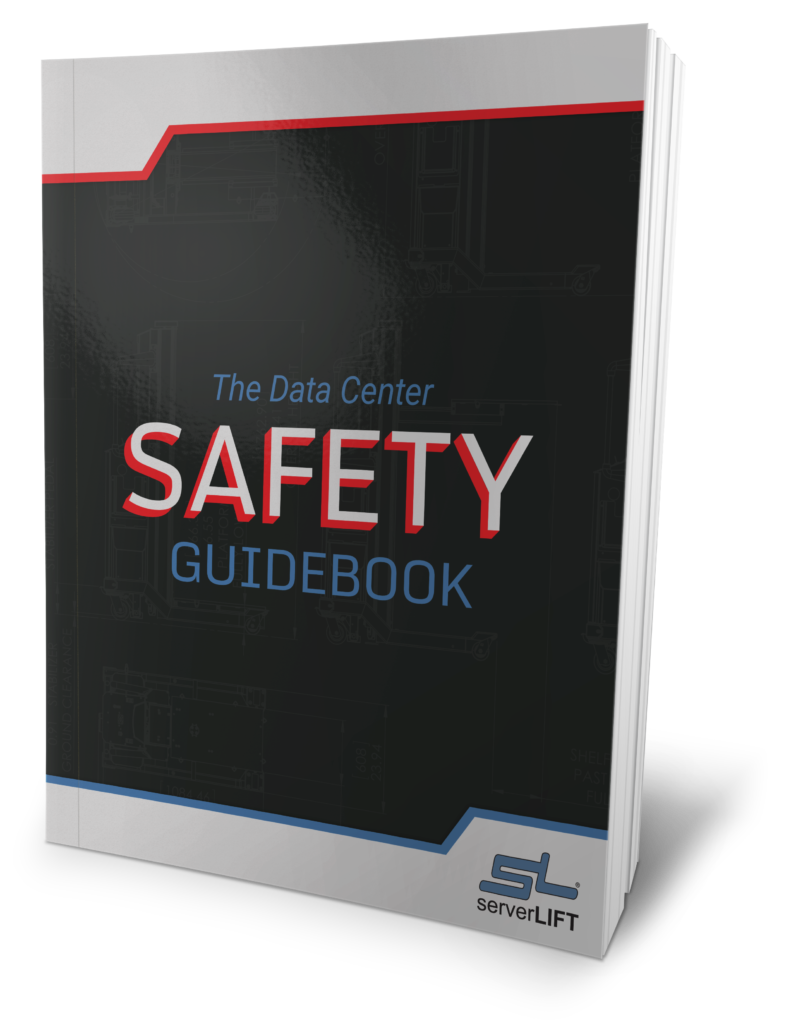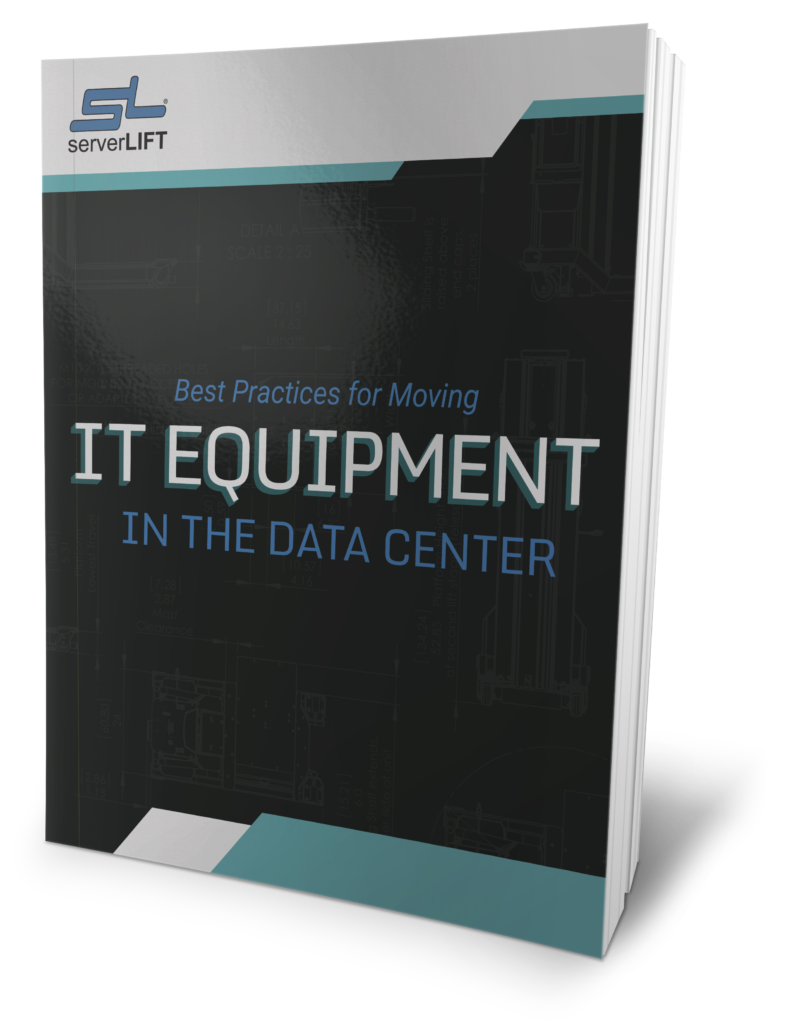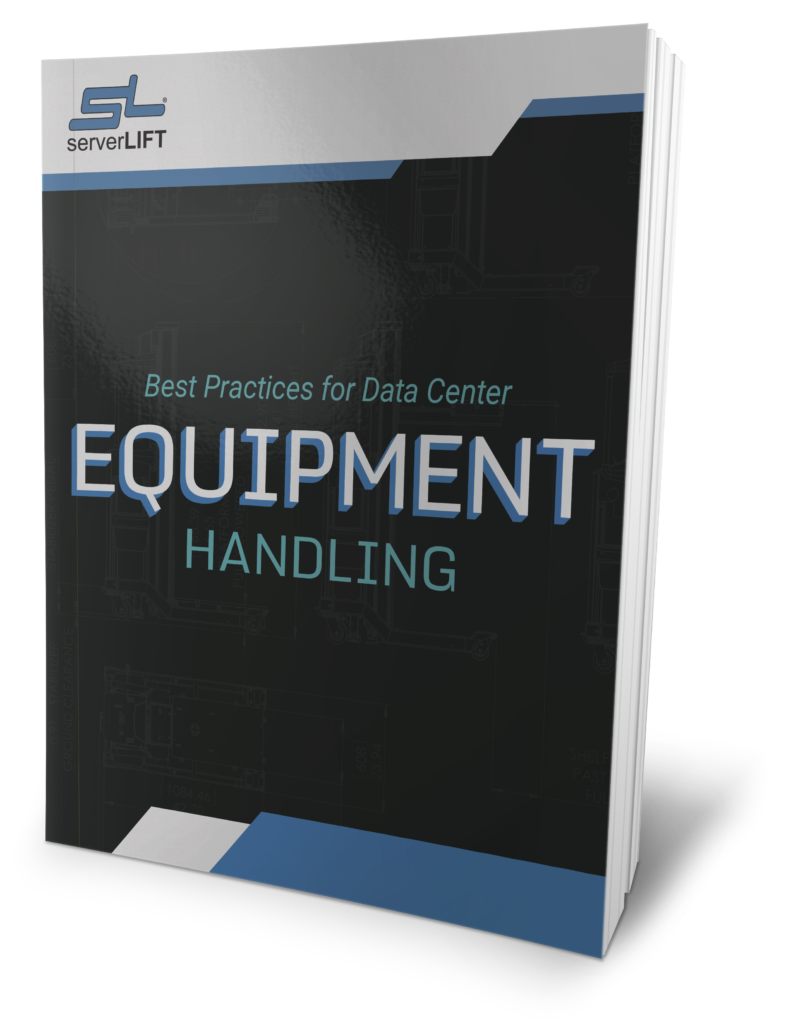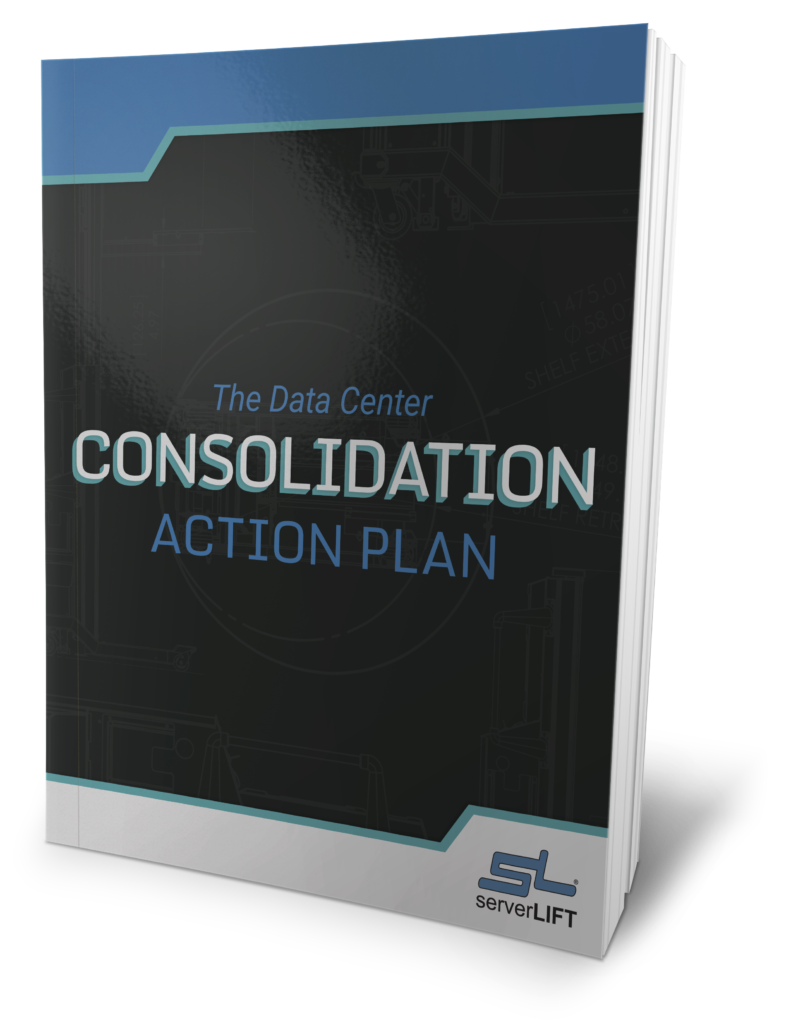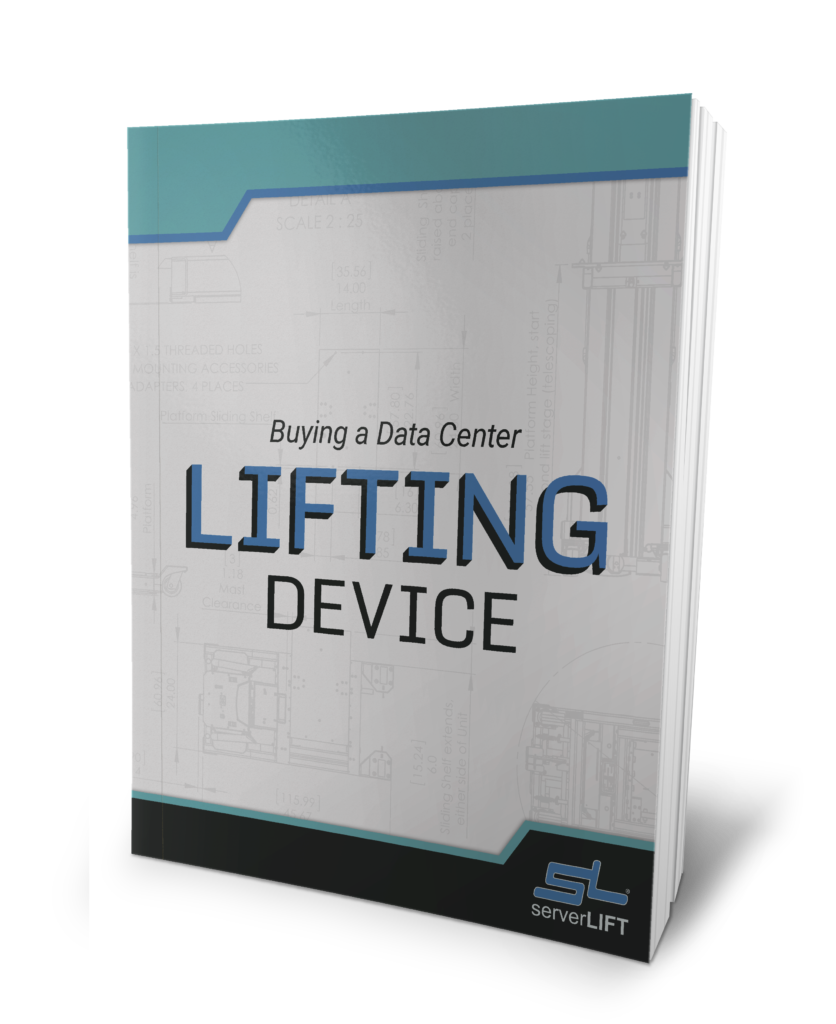The rapid rise of AI and its impact on our lives is a hot topic in the media. Many in the technology industry are wondering how AI will affect data centers. Because the demand for AI computing could impact everything from real estate to power needs to the supply chain, will the existing data center infrastructure be enough?
Here are eight important infrastructure changes data centers are facing because of artificial intelligence.
1. A Run on Real Estate
The first AI-driven infrastructure change data centers will probably see is a growing demand for data center real estate.
Hyperscale users have been busy pre-leasing most of the available space. With vacancy rates down to 2.7 percent, many newcomers to the industry will face significant challenges to rapid expansion.
This space crunch is attributable to companies such as OpenAI making considerable investments in new technology, including applications that will create custom functions for ChatGPT.
IT developers are eagerly waiting for OpenAI to open its own app marketplace; however, all those AI workloads will need a place to run. With physical data center space becoming more scarce, the cloud may be the next best option.
2. A Cloud Services Boom
Enterprise spending on cloud infrastructure topped $68 billion in the third quarter of 2023. While giants such as Google and Microsoft continue the upward trajectory, cloud providers such as Oracle, Snowflake, and VMWare are also experiencing high year-on-year growth rates.
What do experts believe is driving this spending boom? Generative AI applications.
According to some, AI is opening up new cloud workloads. This is great news for those companies that boarded the real-estate train early and were able to snag data center space from enterprises that didn’t plan ahead.
As more graphic processing units (GPUs) emerge that can handle the high-speed mathematical calculations associated with machine learning, businesses looking for more AI capacity may turn to these companies for cloud services.
3. The Heyday of Modular Data Centers
Competition has limited wholesale and colocation data center capacity. As the space crunch continues, expect to see more modular data center solutions.
These prefabricated IT structures remove many of the barriers that traditional data center construction presents. In one survey conducted by global analyst OMDIA in partnership with Vertive, a prefab data center provider, 93 percent of respondents planned to use modular as their default construction process.
Modular has many advantages, including meeting hyperscaling expansion needs and expanding data-storage capabilities, such as those needed for AI applications. It can also help companies shrink their carbon footprint and take advantage of access to renewable energy sources.
4. Data Center Cooling Innovation
The surge of cutting-edge technology has created a need for high-density data centers that can proficiently handle artificial intelligence and machine learning. Microsoft and Meta are creating new chips specifically for AI technology. In Microsoft’s case, these chips require much wider racks for power and networking cables.
In the words of former Microsoft data center development executive Christian Belady, “Air cooling is not enough” for this new technology. For this reason, IT equipment developers are now focusing on liquids.
Microsoft has introduced innovation in this space with “sidekicks” that sit next to the rack.
These devices hold cold liquid, which flows to cold plates attached to the chips’ surface. That same liquid then transports the heat away from the plate, carrying it back to the sidekick to cool and start the process over.
5. AI Accelerators
Experts now realize that training large language models requires infrastructure changes at a granular level. Consequently, many tech giants have started work on proprietary chips explicitly designed for artificial intelligence.
One such solution is the Microsoft Azure Maia 100 AI Accelerator. This chip will run on infrastructure tailored for AI workloads and optimize performance when used with the Azure hardware stack.
Meta is also designing its own chips, known as Meta Training and Inference Accelerator chips, to handle the company’s internal workloads.
Additionally, Meta has announced the development of its next-generation data center design, which involves a high-performance AI network connecting thousands of chips for large-scale training clusters.
Like Microsoft, Meta intends to have a custom-designed end-to-end stack. The company’s executives believe this is part of a trend involving increased specialization in chip design and infrastructure explicitly built to power AI operations.
Nvidia, however, is leading the way in AI accelerator chips, with continual increases in speed and function, which is underpinning the rapid AI boom.
6. Sustainable Site Selection
Location choices may begin to change for enterprises that can get coveted data center space. Many expect a rise of “green mega campuses.” Data centers may spread across hundreds of acres of land and demand will increase for access to renewable energy and recycled water.
With water scarcity being a risk in some areas, data center development may very well shift to new markets that can provide what companies are looking for. For example, Crane Data Centers is building its first project outside Portland, Oregon, where it can access recycled water from a treatment plant.
7. Data Center Automation
AI has introduced the idea of automation in data centers in several unique ways.
For one, predictive analytics technology is capable of improving workloads and overall efficiency by predicting needs for data center power requirements and rack space. This could lower operational costs and power usage with better, more data-driven decision-making.
This same predictive maintenance can also improve service delivery, prevent downtime, and possibly lower hardware replacement costs by detecting issues before they happen. AI may even be able to predict threats and vulnerabilities, stopping cyber threats immediately.
8. Adaptation to New Workloads
Emerging technologies such as AI can be unpredictable. Depending on where a company is in the development cycle, it may have consistent workloads for months before a surge comes during a testing phase.
Consequently, data center infrastructure may come to center around power usage effectiveness and cost. General efficiency will be critical as companies determine the way forward.
AI Impact on Data Centers: Embracing the Shift
With companies such as Microsoft and Meta making sizable investments in AI, the technology is here to stay. The resulting impact on data centers has prompted the industry to make significant shifts to accommodate AI and the high power needs that come with it.
Through automation, sustainability, customization, and innovations such as modular real estate, data center developers are discovering how to rely on AI without becoming overwhelmed by it.






